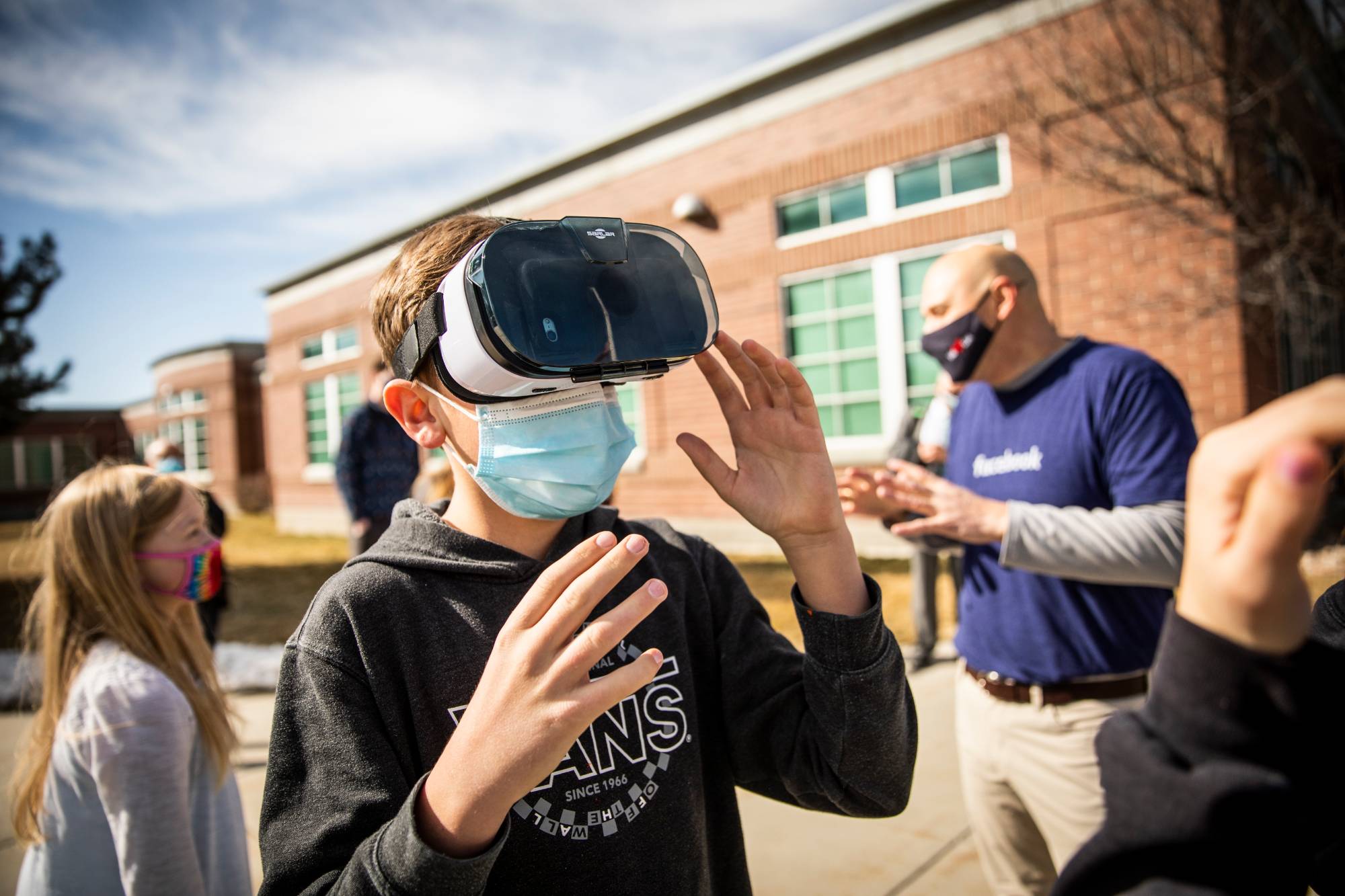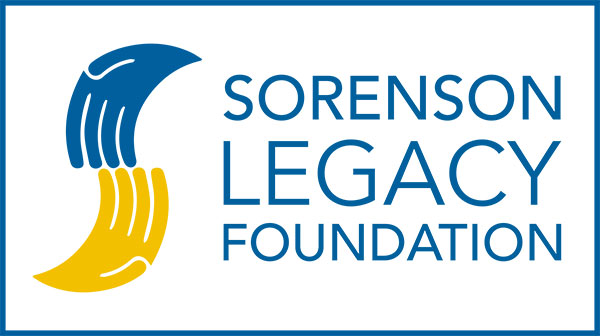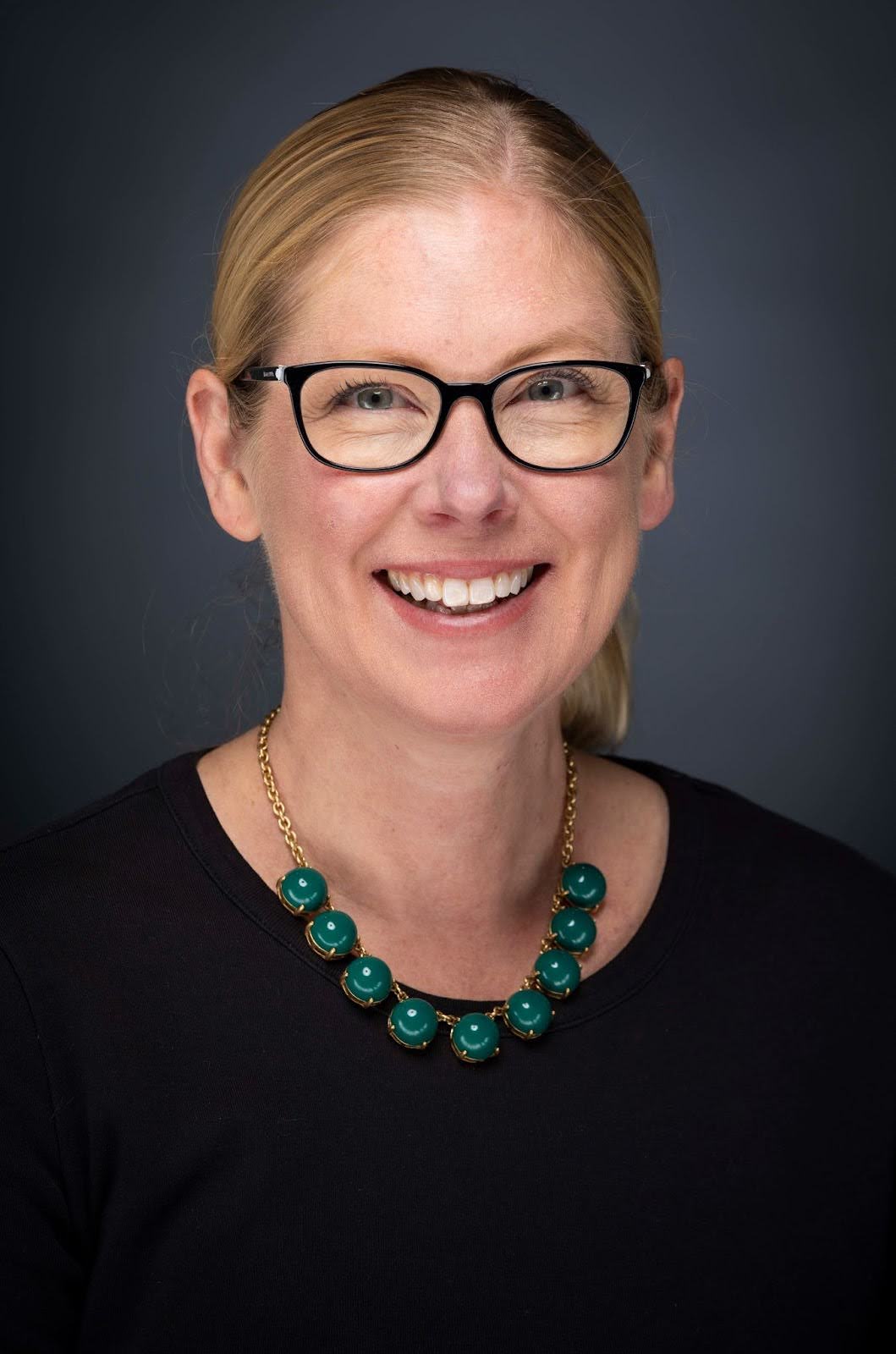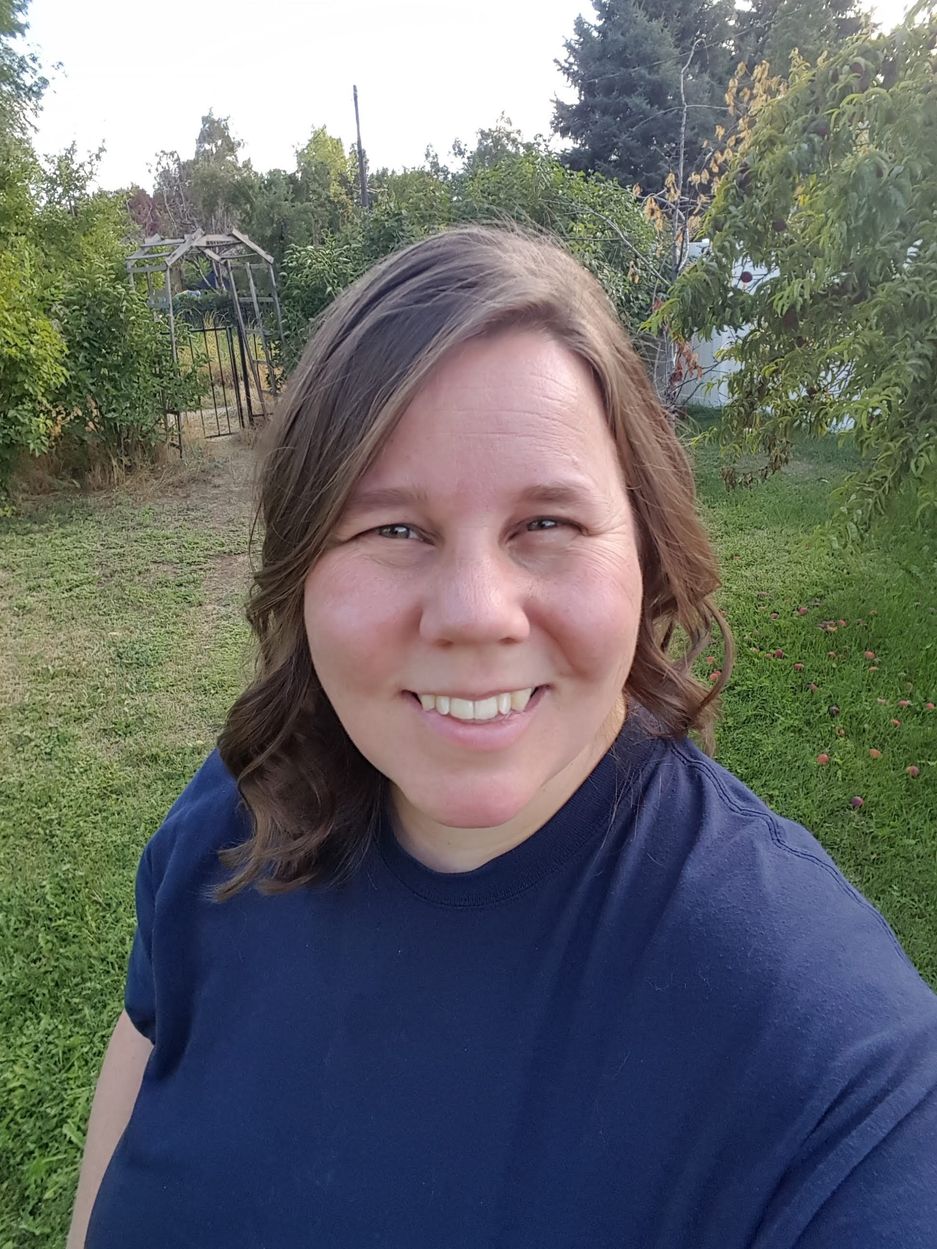
The SEEdPOD project is a collaboration between UVU’s School of Education and College
of Engineering and Technology and Utah State University’s College of Engineering and
College of Education and Human Services. The project is modeled after Utah’s new Science
and Engineering Education (SEEd) standards, which integrate principles of engineering
with science subjects.
The portable trailers, or “pods,” contain resources designed to help students master
the SEEd standards and become more familiar with STEM fields at an early age. The
resources are organized by themes and grouped into lesson plans to help teachers learn
unfamiliar concepts quickly and prepare to teach the SEEd standards with confidence.



The motion of objects can be observed and described. Pushing or pulling on an object can change the speed or direction of an object’s motion and can start or stop it. Pushes and pulls can have different strengths and different directions. A bigger push or pull makes things go faster and when objects touch or collide, they push on one another and can change motion.
Learning Objectives: In this activity, students will learn to plan and carry out an investigation, analyze data, and design solutions.
Sound can make matter vibrate, and vibrating matter can make sound. Objects can only be seen when light is available to illuminate them. Some objects five off their own light. Some materials allow light to pass through them, others allow only some light to pass through them, and still others block light and create a dark shadow on the surface beyond them where the light cannot reach.
Learning Objectives: In this activity, students will learn to plan and carry out an investigation, use a model, and design a solution.
Earth has an ancient history of slow and gradual surface changes, punctuated with quick but powerful geologic events like volcanic eruptions, flooding, and earthquakes. Water and wind play a significant role in changing Earth’s surface. The effects of wind and water can cause both slow and quick changes to the surface of the Earth. Scientists and engineers design solutions to slow or prevent wind or water from changing the land.
Learning Objectives: In this activity, students will learn to develop and use models, construct explanations to demonstrate understanding, and design solutions.
Forces act on objects and have both a strength and a direction. An object at rest typically has multiple forces acting on it, but they are balanced, resulting in a zero net force on the object. Forces that are unbalanced can cause changes in an object’s speed or direction of motion. The patterns of an object’s motion in various situations can be observed, measured, and used to predict future motion...
Learning Objectives: In this activity, students will plan and carry out investigations, analyze and interpret data, construct explanations, ask questions, carry out an investigation, and design a solution.
Energy is present whenever there are moving objects, sound, light, or heat. The faster a given object is moving, the more energy it possesses. When objects collide, energy can be transferred from one object to another causing the objects’ motions to change. Energy can also be transferred from place to place by electrical currents, heat, sound, or light. Devices can be designed to convert energy from one form to another.
Learning Objectives: In this activity, students will plan and carry out investigations, analyze and interpret data, construct explanations, ask questions, carry out an investigation, and design a solution.
Matter cycles within ecosystems and can be traced from organism to organism. Plants use energy from the Sun to change air and water into matter needed for growth. Animals and decomposers consume matter for their life functions, continuing the cycling of matter. Human behavior can affect the cycling of matter. Scientists and engineers design solutions to conserve Earth’s environments and resources.
Learning Objectives: In this activity, students will learn to analyze and interpret data, use mathematics and computational thinking, ask questions to plan and carry out investigations, and develop models and solutions.
Matter and energy are fundamental components of the universe. Matter is anything that has mass and takes up space. Transfer of energy creates change in matter. Changes between general states of matter can occur through the transfer of energy. These differences in energy flow can be used to design products to meet the needs of society.
Learning Objectives: In this activity, students will learn to develop models, plan and carry out an investigation, and construct explanations to demonstrate understanding.
Forces are push or pull interactions between two objects. Changes in motion, balance and stability, and transfers of energy are all facilitated by forces on matter. Forces, including electric, magnetic, and gravitational forces, can act on objects that are not in contact with each other. Scientists use data from many sources to examine the cause and effect relationships determined by different forces.
Learning Objectives: In this activity, students will learn to analyze and interpret data, use mathematics and computational thinking, ask questions to plan and carry out investigations, and develop models and solutions.
See Lending Library Request Form for checkout.
Hot Wheels Worksheet for 7th grade
Forces are push or pull interactions between two objects. Changes in motion, balance and stability, and transfers of energy are all facilitated by forces on matter. Forces, including electric, magnetic, and gravitational forces, can act on objects that are not in contact with each other. Scientists use data from many sources to examine the cause and effect relationships determined by different forces.
Learning Objectives: In this activity, students will learn to analyze and interpret data, use mathematics and computational thinking, ask questions to plan and carry out investigations, and develop models and solutions.
See Lending Library Request Form for checkout.
Hot Wheels Worksheet for 7th grade
The physical world is made of atoms and molecules. Even large objects can be viewed as a combination of small particles. Energy causes particles to move and interact physically or chemically. Those interactions create a variety of substances. As molecules undergo a chemical or physical change, the number of atoms in that system remains constant. Humans use energy to refine natural resources into synthetic materials..
Learning Objectives: In this activity, students will learn to develop models, plan and carry out an investigation, and construct explanations to demonstrate understanding.
See Lending Library Request Form for checkout.
The Earth and space science SEEd Standards investigate processes and mechanisms that have resulted in the formation of our Earth, galaxy, and universe. Students develop models to illustrate the life span of the Sun and the role of nuclear fusion releasing energy in the Sun’s core. Students analyze and interpret data to construct an explanation for Earth’s 4.6 billion year history and explore changes to Earth’s systems. Students develop and use a model of Earth’s interior to describe the cycling of matter by thermal convection. Students plan and carry out an investigation on the properties of water to determine its effects on Earth materials. Students use computational thinking to explain sustainable and natural resources, focusing on responsible stewardship. Additionally, students design and evaluate solutions to problems that exist in these areas.
Learning Objectives: In this activity, students will learn to develop models, plan and carry out an investigation, and construct explanations to demonstrate understanding.
See Lending Library Request Form for checkout.
The SEEdPODs project would not be possible without the generous sponsorship of Facebook and Micron, in addition to UVU’s Grants for Engaged Learning (GEL). This financial support is essential to keeping the curriculum current and the technology updated with the ever-evolving needs of STEM industries. Facebook and Micron’s donations will fund the deployment of three SEEdPODs in Alpine School District, in addition to one trailer sponsored by a GEL grant.
We welcome sponsors for our future SEEdPODs.
To learn more about sponsorship opportunities, please contact Stefan Harlan ([email protected])
For any questions, or if you need further information, please contact us at
SOE Director of Innovation
Associate Professor - Elementary Education, STEM
Send an email801-863-8057

